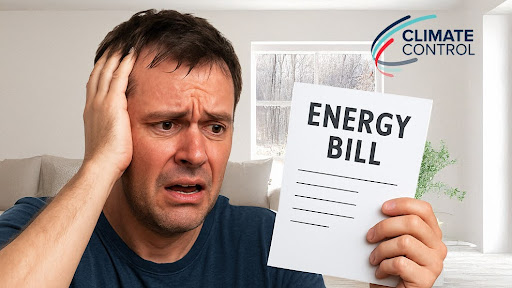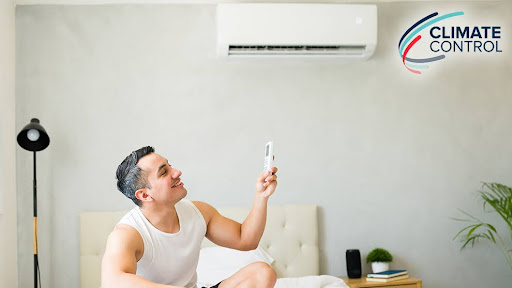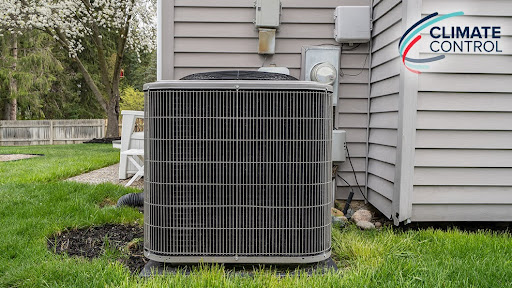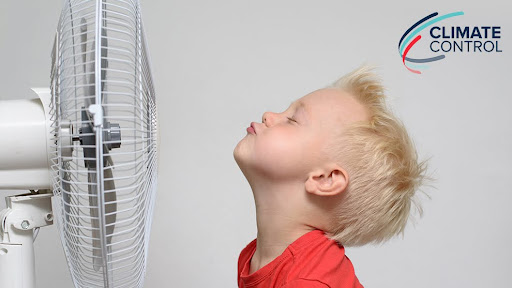With cooler temperatures on the horizon, homeowners concerned about high energy bills can take satisfaction in knowing that certain energy-saving investments are not just possible, but many of them require only a small upfront investment. They’ll help boost savings over the long term, in both winter and summer.
Here are seven smart energy-saving investments you should consider making this year:
- Install window treatments that keep heat in. Heat loss through inefficient windows raises energy costs. Installing draperies, which requires a relatively small investment, and then closing them at night keeps heat inside and helps to save energy.
- Use a programmable thermostat. With a programmable thermostat controlling how often your heating or cooling systems run, you’ll making a wise energy-saving investment.
- Install ceiling fans. Installing ceiling fans in your most-used rooms makes wise financial sense. In the winter, run them in a clockwise direction and at a low speed to create an upwards draft, pushing heated air at the top of the room out toward the edges, and back down. As a result, you’ll experience an evenly heated room, and save energy by lowering your thermostat two or three degrees. Reverse the direction of the fan blades in the summer to create a wind-chill effect.
- Maintain your heating system. One of the most impactful energy-saving investments any homeowner can make, regular preventive maintenance keeps your furnace (and air conditioner) operating at peak capacity.
- Use insulation wisely. Stopping heat transfer through your home’s structure with adequate insulation levels keeps more heated air in, driving energy costs down, and extending the life of your heating system.
- Stop air leaks. Heat loss also occurs through air leaks in the home, reducing the home’s temperature and requiring your heating system to run longer cycles. Caulk, weatherstripping or spray foam should be used for sealing, depending on the spot that needs sealed.
- Lower water-heating costs. The second largest energy consumer in most homes, water heaters operating at the standard setting of 140 degrees consume more energy than necessary. When you lower the temperature to 120 degrees, you’ll save energy and still have comfortably heated water for all of your home’s needs.
Lower your heating bills this winter (and cooling bills in the summer) with these seven energy-saving investments that generate long-term savings and satisfaction. Contact Climate Control Company today for more information or visit our website. We’ve been serving western Colorado since 1956.
Our goal is to help educate our customers in Aspen, Vail and the surrounding Western slope communities in Colorado about energy and home comfort issues (specific to HVAC systems). For more information about energy-saving investments and other HVAC topics, please visit our website.
Image courtesy of Shutterstock






